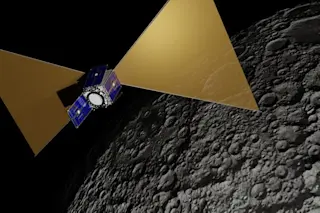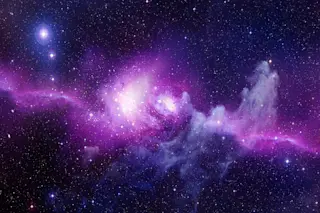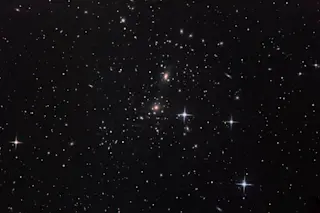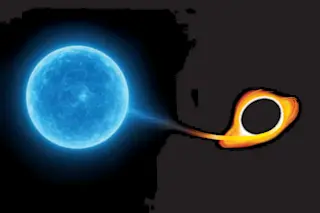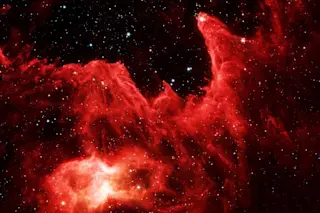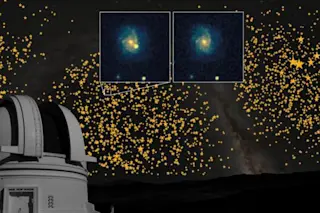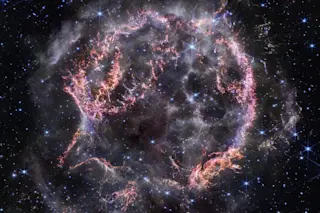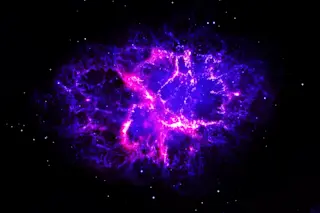Cygnus X-1 is a black hole feeding off its nearby binary companion, a young blue supergiant star. (Credit: NASA/CXC/M.Weiss) Discovered in the early 1960s by rocket-borne X-ray detectors, Cygnus X-1 is a binary system containing a supergiant star and a stellar-mass black hole. That black hole is both accreting matter — pulling gas off its companion and funneling it into a swirling disk — and shooting out powerful jets. The processes of accretion and jet formation give off X-rays we can detect here on Earth, but the question is, what exactly is going on? Formerly, astronomers had developed two possible geometrical models for what the area close to the black hole looked like. Now, in a recent paper published in Nature Astronomy, researchers from Japan and Sweden have determined which model is most likely. They’ve found that this particular black hole, at least, has an extended flat accretion disk with ...
Astronomers Use X-rays To Trace The Shape Of Black Hole
Discover the secrets of Cygnus X-1 black hole, a high-mass X-ray binary reshaping our understanding of accretion disks and corona.
More on Discover
Stay Curious
SubscribeTo The Magazine
Save up to 40% off the cover price when you subscribe to Discover magazine.
Subscribe


